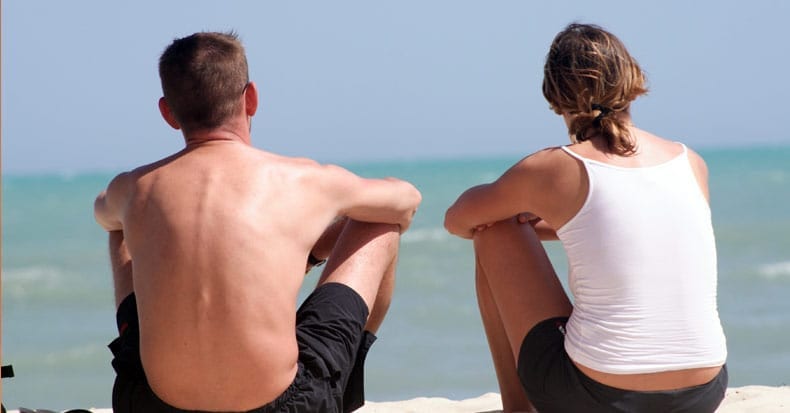Low back pain (LBP) is so common that if you haven’t had it by now, you will! Let’s take a look at some the possible causes of LBP and what we might be able to do when LBP strikes.
Typically, younger individuals are NOT immune to LBP. In fact, those between 30-60 years of age are MORE likely to experience LBP caused from a muscle strain, ligament sprain, or disk “derangement” such as a herniated disk. Here are some specific causes:
LBP from a sudden movement or lifting a heavy object - Typical symptoms include: a) difficulty moving that can be so severe it can prevent walking or standing; b) pain that does NOT radiate down the leg past the knee but may refer pain into the groin, buttock, or upper thigh; c) pain that tends to be achy and dull; d) muscle spasms (that can be severe); e) local soreness noted upon touch.
DIAGNOSIS: The most likely injuries described by the scenario above include a muscle strain or ligament sprain (or a muscle or ligament pull/stretch/tear that can broken down into mild vs. moderate vs. severe, or, microscopic tears vs. up to 75% tearing vs. >75% tearing may occur, respectively). The severity of the injury and how well you take care of yourself will determine healing time.
TREATMENT can include chiropractic care, ice (15 min. rotations on/off/on/off/on), activity modifications (usually, a combination of walking and resting for the first day or two will help but after that, your chiropractor will guide you in the proper exercises for stretching and eventually strengthening), and anti-inflammatory care. Doctors of chiropractic prefer herbs such as ginger, turmeric, boswellia, and other nutrients over NSAIDs—like ibuprofen, naproxen, and aspirin—as these irritate the stomach and can damage the liver and kidney. Recent studies show that NSAIDs can also inhibit important chemical activities in the body that may actually slow the healing process. For this reason, studies have concluded that athletes who are trying to get back into their sport should be advised NOT to take NSAIDs! The same should apply to everyone, don’t you think?
LBP that travels past the knee down the back of the leg often to the ankle or foot is frequently referred to as sciatica. This may include: a) pain that is longer lasting rather than flaring up for a few days or one to two weeks; b) pain may be greater in the leg than the low back; c) pain is commonly on one side; d) pain is worsened by sitting and or bending forwards, and improved by standing and or bending backwards; e) symptoms often includes pain, in addition to numbness/tingling, and/or burning; f) muscle shrinkage and weakness on the involved side may occur as well.
DIAGNOSIS: In this age group, lumbar herniated disk (LDH) is the most likely cause. The lower two disks—L4/5 and L5/S1—are the two most common locations for herniated disks. The odd thing about LDH’s is that about 50% of us have bulging disks and 20% of us have herniated disks but have NO pain!
TREATMENT: Try chiropractic first. It works and you can always have surgery later (if necessary), but you can’t go back after it’s done!



